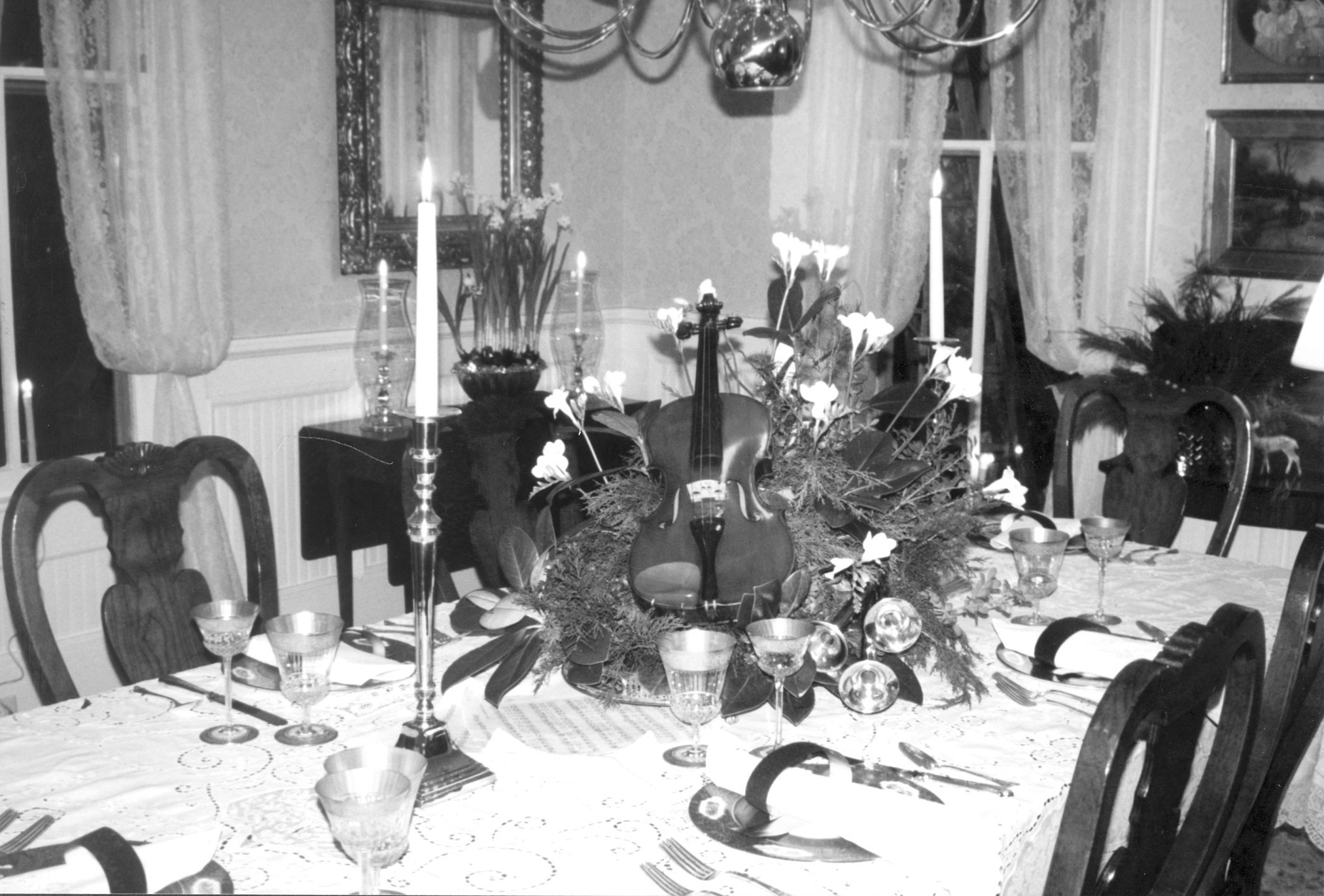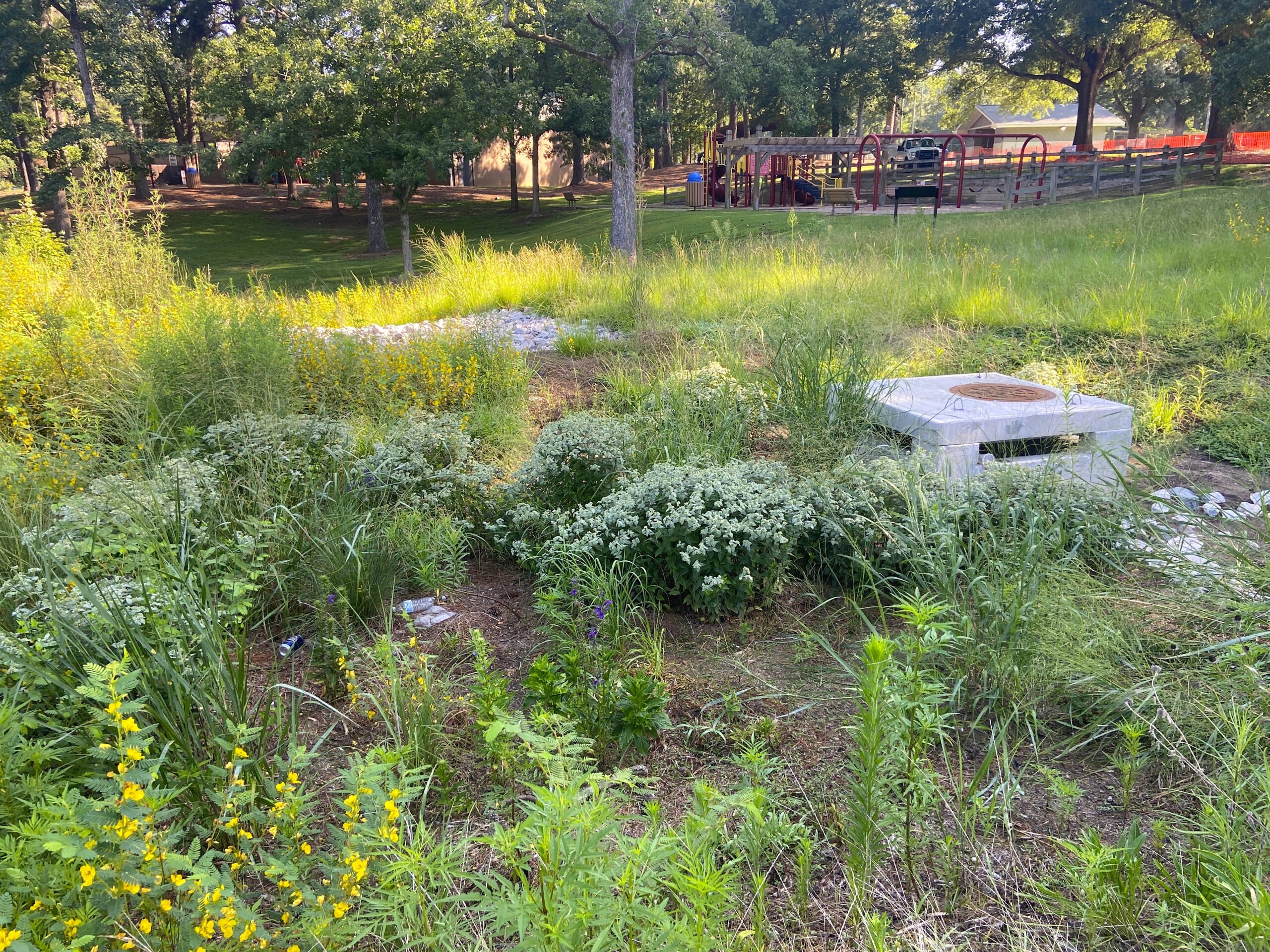Christmas in Edenton: A Revolutionary Holiday

On a brisk December morning in 1774, the mistress of the house busily plans for a festive holiday in the thriving colonial port of Edenton.
Anticipating the exchange of visits with families from plantations that ring the town, she’s glad to have stocked up on staples before the onset of bad weather.
Early wintry storms blow trouble for ships entering the Albemarle Sound through the Roanoke Inlet to deliver goods from around the world. They also need favorable conditions to leave port weighted with naval stores and agricultural products from the region.
The mistress makes a mental list of dinner and party fare: The oysters will be harvested just in time to shuck and serve. The groaning board will be filled with smoked meats and fish, fresh game, sweet potatoes, greens, dried fruits, beaten biscuits — and sweets aplenty.
This year though, there will be no English tea to go with mama’s lemon pound cake. Two months ago, a group of prominent Edenton women pledged to boycott English tea, cloth and other goods in support of the independence movement. The mistress, one of the 51 signers of the resolution, has learned that some are even calling it “The Edenton Tea Party.” Now, other women are joining the boycott.
She smiles knowing the provincial deputies are shocked by such unprecedented political action by women. No doubt, news of the ladies’ audacity soon will reach England — already nervous about growing unrest in the colonies.
For now, though, she is preoccupied with holiday planning. Holly branches with bright red berries will be twisted into wreaths or lashed together for garlands to decorate the front gate, porches and entryway.
Indoors, she’ll line the dining table and sideboard with shiny magnolia leaves — a perfect contrast for edible centerpieces of fruit and marzipan. She’s already polished two silver punch bowls — one for hot cider and one for wassail.
Music is her favorite part of the holiday. She’ll keep the harpsichord clear and encourage her guests to gather to sing carols. She places a basket filled with candles in the foyer next to the Bible box. They’ll be handy for guests to use when someone suggests caroling door-to-door along Water, Blount and Court streets. If it’s not too cold, they could sing all the way to the courthouse green where they may meet other townspeople who are eager to share the spirit.
She feels childlike anticipation of seeing candles glowing in the windows of the Cupola House or helping to hang greenery at St. Paul’s Episcopal Church. No talk of war will lessen the excitement of this special time of year, she vows.
Modern Traditions
Today, residents of Edenton are dedicated to keeping holiday spirit alive, just as their 18th- century sister before them.
“Christmas in Edenton,” hosted by the Edenton Historical Commission, is rooted in a history that spans the three centuries since the town was founded as the first colonial capital in 1722.
This year’s holiday event is expected to attract 2,000 visitors to Edenton for a variety of activities Dec. 14-15. There are some similarities between plans for the annual celebration and the holiday schemes of the fictitious mistress described earlier.
The traditional Candlelight Tour will feature a dozen homes and a church along Water, Blount, Granville and Court streets from 4 to 8 p.m. on both evenings.
In addition, guests will step back into early Edenton to enjoy the Wassail Bowl at the 1758 Cupola House, the Groaning Board at the 1773 Iredell House and the Holiday Repast at the 1786 Barker House each day from 1 to 5 p.m.
There also will be a chance to capture the spirit of the season with Caroling on the Courthouse Green at 6 p.m. on Friday, Dec. 14, as well as at the Edenton Christmas Parade at 11 a.m. on Saturday, Dec. 15.

“We draw on the beauty of the season. Everyone loves Christmas,” says Susan Creighton, who calls herself the perpetual chairperson of the holiday event.
Attendance has grown from a mere 65 participants the first year to 2,000 guests last year. It brought in $25,000 in ticket sales for the historic commission’s preservation efforts. That includes the upkeep of the Barker House and the Cupola House — two architectural jewels on the National Historic Register.
While many of Edenton’s earliest structures are gone, history can’t erase the accomplishments of its founding leaders who helped secure America’s liberty. James Iredell would become an associate justice on the first U.S. Supreme Court. Joseph Hewes, a prosperous shipbuilder and politician, would become a member of the Continental Congress and a signer of the Declaration of Independence. Hugh Williamson, surgeon general of the North Carolina militia, would become a signer of the U.S. Constitution.
And, of course, there is Penelope Barker, credited with leading the Edenton Tea Party as a gesture of solidarity with those on the political forefront.
When the war did come, Edenton stood ready, but was not directly involved in military action. However, its protected port became a lifeline for supplies for Washington’s armies.
“It’s a town proud of its past, but it’s not a relic,” Creighton points out. “Ours is a living history. Our homes that date back to the 1700s are filled with people — some as residences and others as public buildings. St. James Episcopal Church is celebrating its 300th anniversary. And many of our downtown businesses occupy buildings that date to the 1800s.”
Homes on the Christmas tour through the years have reflected the town’s historical evolution — from Jacobean, Georgian and Federal to Victorian and renovated mill houses, says Betsy Hunt, historic commission chair.
“Its location on the beautiful Albemarle gives it a certain serenity,” she says. “Edenton is gracious and modest, with a mix of people and cultures,” Hunt says. “Its diversity and ability to change with time have given the town resilience.”
Time and Change
But change was not always easy, says Linda Eure, Edenton’s historic site manager.
The smell of tar and pitch being loaded onto waiting ships along the wharf are long gone. Gone also are the boathouses, warehouses, and bawdy houses that once were part of Edenton’s flourishing commercial port.
A hurricane in 1795 closed the Roanoke Inlet and the town’s easy access to the sea. And, the opening of the Dismal Swamp Canal further drained commerce north to Norfolk.
The people of Edenton were reluctant to let go of their maritime tradition, says Eure. “They petitioned Congress to dredge the inlet. When that failed, they appealed to President James Monroe, and even hosted a presidential visit. It was to no avail,” she says. “The inlet remained closed.”
The economy turned to the Albemarle for its huge commercial fisheries and inland for cotton and peanut crops. Timber also became an important aspect of the region’s economy.
Later, when the North Carolina coast was locked tight by blockades during the Civil War, shad and herring fisheries became critical. An article in the Sept. 28, 1861 edition of Harper’s Weekly describes in great detail shad and herring operations on bays and inlets of the Albemarle and Pamlico sounds. “The movable outfit consists of a pair of heavy boats and the seine, with its corks and lines of almost incredible extent.”
A major development was yet to come in 1869 with the introduction of the pound net. One account tells of an individual who pulled in one million herring in a single night in 1890 using a pound net.
Today, tourism is an important part of the Edenton economy, along with agriculture and timber. A study by East Carolina University in the mid-1990s showed town leaders how best to promote tourism to energize the economy.
Edenton’s water-based resources make it a natural choice for recreational fishing and boating. The recently renovated waterfront offers leisure boat owners the convenience of in-town docking. Edenton Bay is the scene of the annual Edenton Bay Challenge and the Windmill Nationals Sailing Event.
In addition, the Sound Country Celebration each October attracts hundreds of paddlers to the local waters.
Edenton’s history is the heart of its tourism. Thousands of visitors are attracted to Colonial Living Days in mid-October, Christmas in Edenton each December, and the Edenton biennial springtime Pilgrimage, a tour of homes and gardens.
Living Assets
Edenton has many stories to tell, some by its people and some by the brick and mortar of three centuries. That they endure for generations is largely a tribute to its citizens who value their living assets.
The rescue of the Cupola House in 1918 is recognized as one of the earliest community preservation efforts in North Carolina to save a structure. The house was built in 1758 by Francis Corbin, land agent for the last of the English Lord Proprietors. When its owner fell into financial straits in 1918, she sold the elaborate downstairs woodwork to the Brooklyn Museum, where it remains on display today.
That sale prompted local citizens to form the Cupola House Association to raise funds to purchase the property for adaptive use. It was used as the town’s public library for more than 45 years, complete with a period tea room on the first floor.
Unsuccessful in its attempts to purchase the original woodwork back from the Brooklyn Museum, the association in the 1960s raised sufficient funds to have the “lost” woodwork reproduced. Today, the Cupola House is a popular feature of the tour of historic sites.
The home is furnished in period pieces, and its gardens are maintained by association volunteers in the colonial revival manner. The “blueprint” for the garden was the 1769 detailed maps of Edenton drawn by C.J. Sauthier, a French military engineer and landscape architect.
Other historic rescues continued through the years. The Penelope Barker Association was formed in 1952 to move the handsome Barker House to its present waterfront location for community use. Three civic organizations led the effort, including the Edenton Women’s Club, the Business and Professional Women’s Club and the Junior Chamber of Commerce. When the debt was paid in 1980, the association presented the deed of ownership to the Edenton Historic Commission.
Many other treasured places were rescued by effectively organized community groups.
One such effort reminds Eure of the Edenton Tea Party. In 1948, talk of tearing down the Iredell House pushed the members of the Daughters of the American Revolution into action. There was only one solution: go and buy the house. Thirteen women surprised the bank manager when they asked for a $15,000 loan for the purchase. Each signed a personal loan for a share of the debt.
“The story is that when they told their husbands, ‘the shock among the men was great.’ They paid off the loan with suppers, card parties and pecan sales,” she says. Their determination paid off. Iredell House became a designated historic site in 1951.
“It’s another great story of women acting boldly in Edenton,” Eure adds.
For information about Christmas in Edenton, contact the Edenton Historical Commission at 252-482-7800. For additional information about historic Edenton, contact the State Historic Site center at 252-482-2637. Or, visit Edenton on the Web at www.townofedenton.com.
This article was published in the Holiday 2001 issue of Coastwatch.
For contact information and reprint requests, visit ncseagrant.ncsu.edu/coastwatch/contact/.
- Categories:


